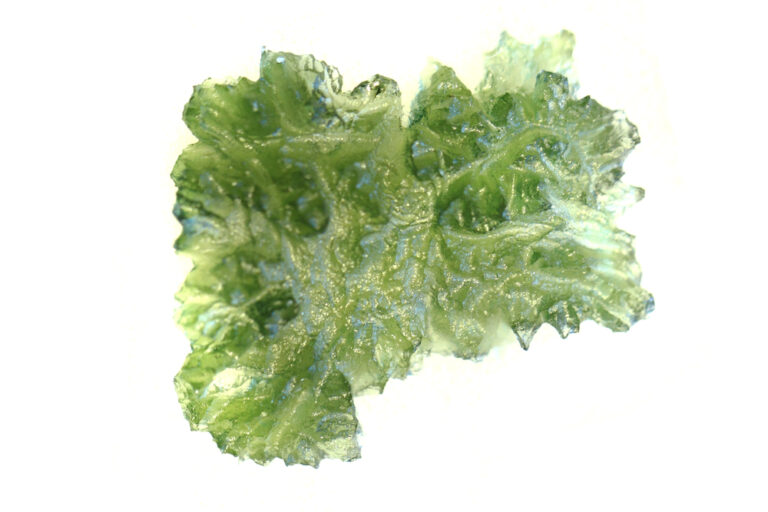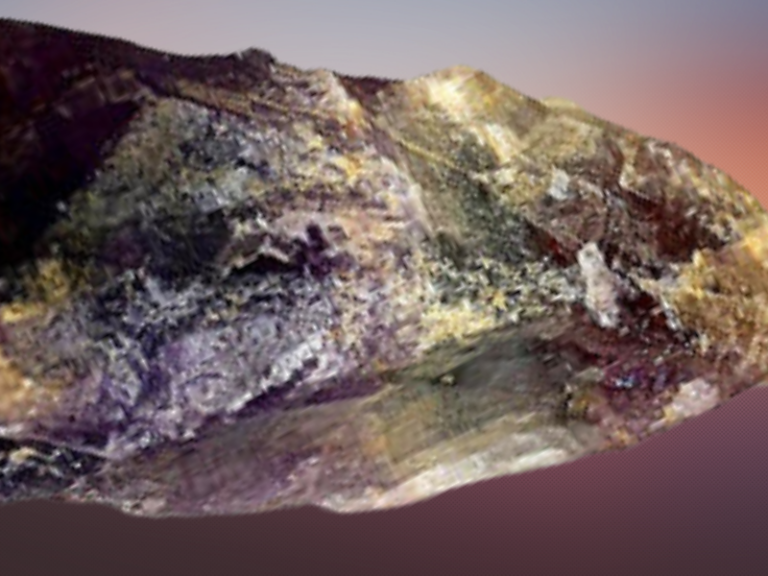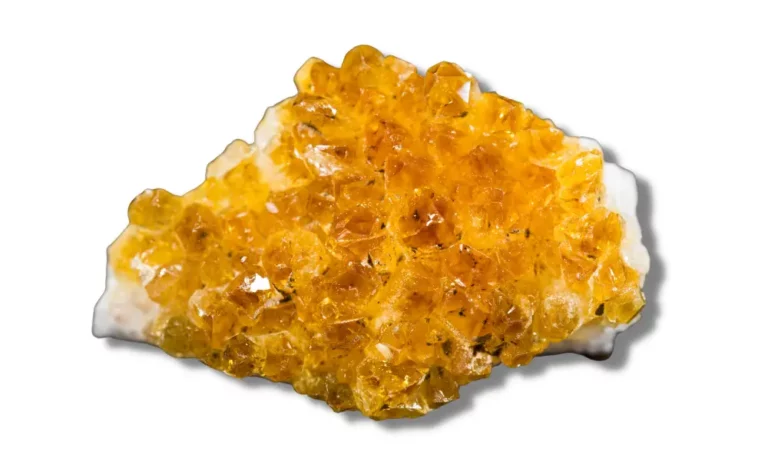Red Zircon: Properties, Benefits & Meanings

Red Zircon Overview
Red Zircon is an extraordinarily beautiful, semi-precious gemstone of the neo-silicates mineral family. It has a brilliant shine and deep red color, making it extremely popular for use in jewelry.
The super gorgeous Red Zircon resonates with the Root or Base Chakra, the Solar Plexus, and the Heart Chakra. It has a bright luster and can be used in many different ways. Red Zircon is a very sought-after gemstone because of its color, brilliance, and clarity. Large red zircons are especially prized for jewelry making—and are often found in settings made from gold.
What Is Red Zircon?
Red Zircon is a natural stone that comes in different shades and hues. The most popular color is a deep, rich red. It has a brilliant shine and deep red color, making it extremely popular for use in jewelry. However, one can also find the stone in other colors such as orangey Red to red to brownish red tones.
It has a unique and beautiful reddish-brown color that distinguishes it from other gemstones. It is often mistaken for Ruby, which is another highly prized stone. The main difference between them is that Red Zircon is not a precious stone but a semi-precious one.
It is the source of the metal Zirconium, with the chemical formula Zirconium Silicate. Natural Zircon is used to extract this metal for niche purposes.
History
Zircon is the oldest gemstone on Earth, with an age of billions of years. In the 1400s, people used it for its spiritual qualities: to increase sleep and protect wearers from evil. This gemstone’s healing properties include sound sleep, deeper meditation, and increased health.
Etymology
The word ‘Zircon’ is derived from the Persian word ‘zargun’, meaning golden-hued. Zircons (and possibly other gems) in the pinkish-purplish-reddish range have historically been referred to as “Hyacinth” or “Jacinth.”
Appearance
Red Zircon is a semi-precious stone that ranges in hue from dark to light. Its color can vary from fiery red to deep purplish Red. Red zircon crystals are usually transparent to translucent with a vitreous luster. They have a hardness of 7.5 on the Mohs scale. It is cut into different shapes and sizes, but a round brilliant cut or “cabochon” remains the standard.
The most common color is a bright, vibrant red that’s often compared to rubies. It also comes in hues of orange and brown, but these are less popular for use in jewelry. Red Zircon is sometimes confused with other gems like garnet and spinel because they can have similar colors. However, Zircon has a very different chemical makeup than those two stones.
This stone is one of those gemstones that exhibit the phenomenon known as ‘fire’ and are particularly prized. This phenomenon occurs when a stone reflects light in such a way as to make its color appear to be constantly changing, like flames flickering within it.
It is sometimes confused with Red Topaz, which is another natural gemstone with a similar color. But, qualified jewelers can differentiate between the two by studying the crystal system, cleavage, dispersion, and birefringence of the stone.
Where Can You Find Red Zircon?
Zircon is found in a few different localities around the world.

Physical Properties:
| Mineral Group | Zircon |
| Formula | ZrSiO4 |
| Chemical name | Zirconium Silicate |
| Color | Red |
| Hardness (Mohs scale) | 7.5 |
| Refractive Index | 1.810 – 2.024 |
| Fracture | Conchoidal |
| Luster | Adamantine, Vitreous, Greasy |
| Specific Gravity | 4.6 – 4.7 |
| Transparency |

Cost And Value:
Red Zircon’s value varies according to its color and size. The more vivid the hue, the higher its price tag. It is considered a collector’s stone because of how eye-catching it looks in jewelry pieces and a gemstone if used in that capacity.
Zircon has a wide range of prices. It can be obtained for as little as $30 per carat, with the rarest specimens worth over $3,000 per carat.
Like all gemstones, Red Zircon’s value depends on the stone’s cut, clarity, color, and carat (size).
- Color: Red Zircon’s color can range from dark maroon to vibrant blood red. The more vivid the hue, the higher its price tag. The best-considered colors of this gem range from Red to orangey-red, to brownish-red to Garnet-red.
- Cut: The gemstone’s natural beauty is enhanced by cutting it into fancy shapes and facets. The most common forms of red Zircon are oval, spherical, square, and heart-shaped. Shapes such as marquise-, pear-, and trillion-cut stones are less prevalent.
- Clarity: Zircon is a hard gemstone with excellent clarity. It can be clean, transparent, or translucent, with only a few inclusions visible to the naked eye. The clarity of this stone makes it an excellent choice for fine jewelry and other decorative items.
- Carat: Zircon is rarely found in large sizes. However, it can be heavier than another gem of the same size.
How To Tell If Red Zircon Is Real?
- Color Depth: Natural Red Zircon has a rich, velvety color that is unlike any other gemstone. You can tell it apart from its synthetic counterpart by comparing the stones side-by-side. If this is the first you have seen a natural Red Zircon, ask a jeweler to help identify it.
- Scratch Test: Another way to test whether a stone is real Red Zircon is to scratch it with a knife or another sharp object. If you see black material on the blade, your stone is likely synthetic cubic zirconia—not genuine Red Zircon. However, the red Zircon may be natural if you can see no scratches or marks on your stone after scratching it.
- Acetone Test: Using acetone is an easy way to tell if your Red Zircon is real or synthetic. Acetone reacts with natural stones, so if there’s no reaction when you rub it on the stone, then that means it’s probably synthetic. However, if there are any visible marks or scratches left on your stone after rubbing the acetone onto it, you may have a genuine piece.
- Transparency: Real Red Zircon will be transparent. Your stone is real if you can see through it under a light. However, if there are any opaque spots on it—even very small ones—then that means it’s synthetic.
Red Zircon Chakra Connection:
Red Zircon resonates with the Root, Solar Plexus, and Heart Chakra.
The Root Chakra
The root chakra is the first among seven energy centers found throughout your body. It’s located at the bottom of your spine and represents a connection to Mother Earth, security, survival instincts, and grounding in reality—feelings essential for physical well-being.
It is also called the First chakra, Base chakra, or Muladhara in Sanskrit.
It is located in the perineum area at the base of the spine and is related to survival instincts and security needs.
The Solar Plexus Chakra
It is also called the Third Chakra, power Chakra, or Manipura in Sanskrit. It is located in the solar plexus region, just above your navel. It is related to self-esteem and confidence, personal power, and its expression through creativity, leadership qualities, and assertiveness.
The Heart Chakra
Red Zircon stimulates the Heart Chakra, present in the center of your chest. When this chakra is balanced, you feel warmth and security from others and within yourself.
When the heart chakra is in harmony, you feel connected to yourself and others. Your emotions become more balanced; you love, accept, and forgive yourself by learning to show your feelings in healthy ways instead of repressing them—and vice versa for other people.
When this chakra is imbalanced, you may experience isolation and distrust. This can affect your self-esteem as well as your relationships with others.
The heart chakra is called the fourth chakra and Anahata, which means “unstruck” or “not broken.” It’s linked with air and the color green.
Red Zircon Meaning And Uses:
- Red Zircon is a stone of physical, spiritual, and mental healing. The following are some of its properties:
- It is thought to be beneficial for sciatica, cramps, insomnia, and menstrual irregularities.
- It is also said to benefit muscles and bones as well as being a cure for vertigo and liver problems.
- Red Zircon is credited with healing properties and can be used to address problems related to digestive disorders, immune system function, and knee issues. It also helps alleviate depression and lethargy—two common symptoms of an imbalanced root chakra.
- Its vibrant red color symbolizes positivity, happiness, and prosperity. It is said to help you find inner peace and balance, which can be especially beneficial if you feel overwhelmed with life’s stresses.
- It’s also thought to boost self-confidence and self-esteem, which can be especially helpful if you’re struggling with feelings of inadequacy or insecurity.
- Red Zircon activates your sense of purpose, helping you focus on your goals and get more organized in life.
- It clears the mind and allows for better thinking. It is also thought to calm those who are emotionally unstable.
- The healing qualities of this precious stone have been known since ancient times, and it is still considered a useful treatment for sleep disorders, depression, and anxiety.
- This gem is said to be an excellent stone for spiritual grounding, allowing the wearer access to higher realms of consciousness. Furthermore, those who wear Red Zircon are said to have gained a clear mind and deep insight into the nature of things.

How To Clean Red Zircon Jewelry?
Taking care of your Red Zircon jewelry is essential to help it retain its beauty.
- Soak the jewelry in a solution of lukewarm to warm water and mild soap for 5–10 minutes.
- Gently rinse the jewelry and scrub it with a soft toothbrush if necessary.
- Once thoroughly dried/polished, you can gently buff your crystal with a microfiber cloth. Be sure not to use cotton, as that may leave lint on the surface of the crystal.
- Because your stone absorbs negative energy over time, you should cleanse it with a smudge stick before using it again.
- Expose your gem to moonlight or bury it underground so its energy can be recharged. Allow several hours, but the best results are achieved if you leave it overnight.
- It is best to avoid steam or ultrasonic cleaners when cleaning gemstone jewelry.
FAQ
Which Gemstones Go Best With Red Zircon?
Blue Zircon goes best with Red Zircon due to their similar composition. They harmonize well with each other and enhance each other’s abilities without interfering with the effects.
It also pairs well with Red Tourmaline, Alexandrite, Iolite, Demantoid Garnet, and Carnelian.
What Is Red Zircon Good For?
Red Zircon is a very powerful gemstone with many uses. It can strengthen your connection to other people, creating an energy that can help you feel more at ease when you are around them. This stone also helps you to connect with your spiritual self, allowing you better to understand yourself and your place in the world.
It is a great choice for anyone who wants to be more optimistic and those who need extra protection from negative energy. Red Zircon can also help improve your relationships with others, so it’s an excellent option if you have someone special in your life.
What Are The Healing Properties Of Red Zircon?
Red Zircon is a stone of protection and strength. This crystal can help you feel more confident and secure, letting you let go of any negative feelings or thoughts that might be holding you back from living your best life. It can also improve your relationships with others by helping you understand where they are coming from. Red Zircon can also be used for spiritual growth, helping you connect with your higher self to work on overcoming any challenges in your life.
Is Red Zircon Heat Treated?
Yes, Zircon undergoes heat treatment to become red. When Red zircon gemstone is heated at temperatures between 1400-1700 degrees Celsius under high pressure, the color of the stone changes from orange to Red, this process increases its hardness and makes it more durable than untreated stones.







